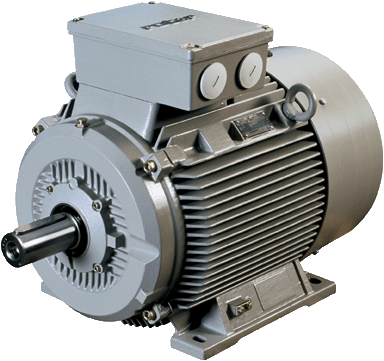8 Motor parts and common faults
 Straight forward list of some common motor faults:
Straight forward list of some common motor faults:
- Shaft - Imbalance, Misalignment, Wear
- Rotor - Imbalance, Rotor Bar Faults, Loose Rotor, Eccentricity
- Stator - Stator Looseness, Incorrect Air Gap, Winding Fault
- Motor Bearing Housing -Mechanical Looseness, Misalignment
- Rolling Element Bearings - Cage, Ball/Roller, Outer and Inner Race Defects Looseness within the bearing
- Motor Feet - Structural Looseness/Soft Foot
- Base-plate/Foundations - Structural Looseness, Twisted Supports
- Motor insulation - Insulation breakdown
If I've missed any other common faults, please take a bit of time to add them in as a comment below.